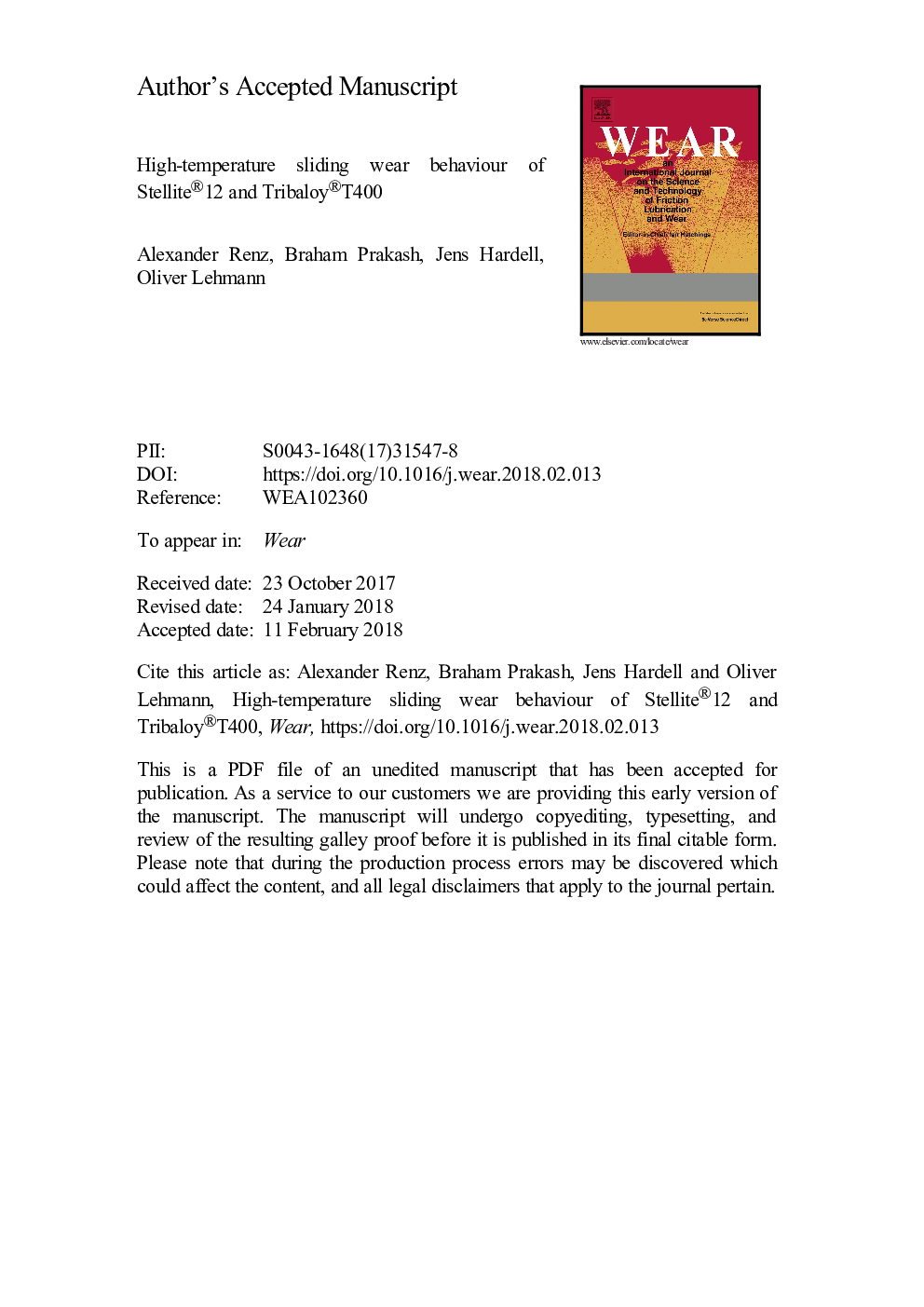| Article ID | Journal | Published Year | Pages | File Type |
|---|---|---|---|---|
| 7003932 | Wear | 2018 | 17 Pages |
Abstract
Commonly employed Co-based alloys for the valve seating faces show a vast variation in their wear behaviour when the high tribological loads act directly on the contact surfaces which are not protected by any type of tribofilm. In order to understand the mechanisms under unlubricated and metal-to-metal contact situation, reciprocating pin-on-disc sliding wear tests were carried out at high temperatures for the two common material combinations, mentioned above. The effects of temperature, initial hardfacing roughness, microstructure, and hardness on the friction and wear response are investigated. The quantitative wear results in combination with microstructural and wear mechanism analysis provide the foundation for a phenomenological description of the wear behaviour. The tendency to form oxides has been found to be a decisive factor in terms of the severity of wear of the investigated hardfacings. Stellite®12 shows low surface oxidation at elevated temperatures whereas the intermetallic phases in Tribaloy®T400 oxidize significantly.
Related Topics
Physical Sciences and Engineering
Chemical Engineering
Colloid and Surface Chemistry
Authors
Alexander Renz, Braham Prakash, Jens Hardell, Oliver Lehmann,
